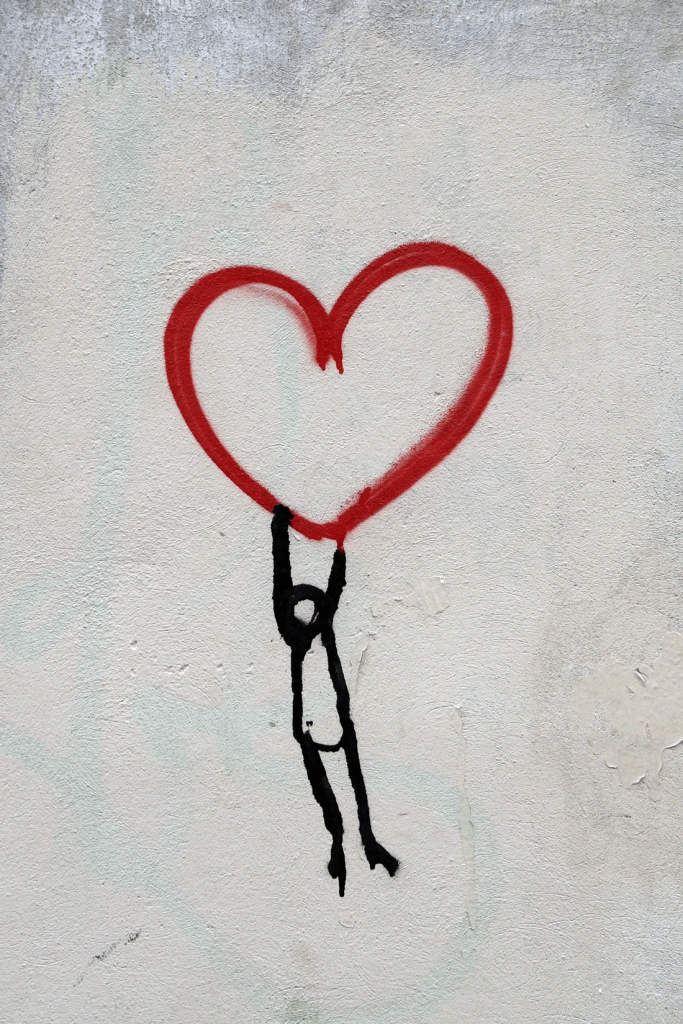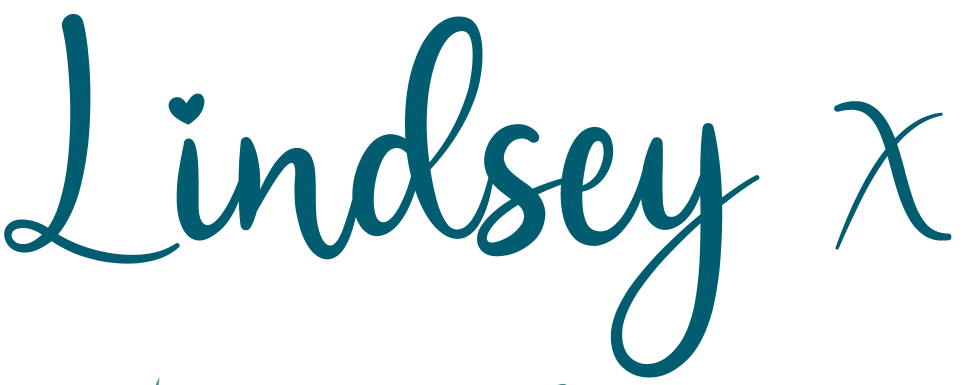
Am I ready and capable of love again?

Do you question yourself and tie yourself in knots with the thought-Do I have what it takes to be happy in love?
Are you worried that you are going to make the same mistakes in a relationship again?
I am really lucky to have a close relationship with my daughter Molly, we have deep conversations about all sorts of things including relationships and emotions. Molly is 18 and I feel so proud and comforted that she is learning things now that people in their 30’s, 40’s and 50’s are just discovering.
Our openness is worlds apart from my experience with my own mother growing up. Due to personality and generational differences, I did not have the courage to ask her opinion on matters of the heart. Instead that role fell to my closest girl friends who were as experienced as me!
Love doesn’t come with a manual.
Relationships are a skill that we are generally woefully unprepared for.
Molly asked me a very vulnerable question as we were on our way to Asda this week that inspired me to answer in the very best way I could.
“What do you learn in proper relationships and do you think I am capable of having one?”
I was in awe of the question, which was prompted by her recent break-up.
She was searching for reassurance, clarity and knowledge. She had already begun to heal and process and had bravely and wisely realised that the relationship hadn’t been a healthy one for her. The signs were there and yet, as so many of us in love do, she focused on the potential, and the highs of dopamine when it felt good and listened less and less to her inner knowing. Eventually leading to putting her needs and values on the back burner, eroding her sense of self whilst attempting to make her ex happy.
Through my own heartbreaks and writing about relationships, I have discovered that having a context for what you are going through; the mechanisms of the heart and mind, can be validating and vindicating. Understanding the reasons behind why you behave, think and feel is liberating and allows you to soften. To be kinder to yourself.
As the question Molly posed is so big, it took me a moment to decide how to frame my answer. After I reminded her (as I would like to remind you) how much she is loved exactly how she is and let her know that she has all the answers and ingredients within her needed for a healthy, loving relationship, I decided to introduce her to attachment styles. I will explore related topics in future blogs.
Attachment Styles-The Dance of Connection
Human beings are hardwired for connection- we need each other to thrive.
The dance of connection happens whenever you interact with others. The moment you begin interacting, their subconscious, learnt rules about how to relate to others will ‘dance’ with yours. This set of rules results from your childhood experience of being nurtured and the connection you had with your parents or caregivers. They impact the way you feel and respond to closeness, commitment and connection.
It is when you are in relationship with others that your patterns emerge. This is where the learning and magic happens. You can only grow so much by yourself. It takes courage to seek clarity and be self-reflective, to look at your patterns and how they affect your relationships.
The opportunity for this exploration often only happens when you have time and space away from the other person. Remember to be gentle with yourself in these moments. Hindsight is wonderful AND it doesn’t come with a big stick.
There are 3 main attachment styles:
Secure
Avoidant
Anxious
The goal is secure attachment, where you feel good about yourself and you feel good about other people whilst in relationship.
Being securely attached does not mean that you are always confident. There may be some occasions when you have difficulty identifying or communicating your emotions. Or times when you aren’t direct and honest. Overall, though, you will be able to form healthy relationships, be comfortable in alone time and have the ability to manage your emotions.
The Tortoise and The Bull
There are two very typical attachment styles that people fall into, they are the avoidant (the tortoise) and anxious (the bull).
The Tortoise
If you are the tortoise, when triggered or upset perhaps by an argument, your coping mechanism will be to go into your shell, hide and withdraw. A person with an avoidant attachment is usually a gentle person who is fearful of connection and confused about love.
You didn’t have anyone to truly hear and understand your emotions when you were young and so you had to reply on yourself. This led to feelings of being let down and you may expect to be hurt or that people won’t be there for you if you reach out for connection.
The core wounds of the tortoise are “I am defective, I am bad, I am unsafe, I am trapped”.
You may say things that dismiss other people’s feelings, brush them off, push them away or invalidate them so they will go away. These kinds of words and actions are very painful for the ‘Bull’ in particular.
Attempting to hide from the pain, not wanting to feel it, causes unnecessary anguish to you and those close to you. Hiding from the pain and stuffing it down is a temporary fix. Those emotions are stored in the body and if not let out, felt and healed they will come out in bursts of frustration and anger at unpredictable times.
When you attempt not to feel pain, you also cheat yourself out of feeling love and joy.
“We cannot selectively numb emotions, when we numb the painful emotions, we also numb the positive emotions.” ~Brene Brown
The Bull
If you are a bull, your coping mechanism when triggered is to confront, push, and chase validation. You attempt to confront as a coping mechanism, to seem strong and in control. You don’t want to feel vulnerable or anxious.
This attachment style comes from a childhood where the parents were on then off, focused elsewhere or busy and therefore inconsistent with their time and balance of emotions (bouncing between being volatile and shouting or passive and easy going) thus leaving the child constantly trying to figure out when it was safe to connect with mum or dad. In a relationship this can look like the habit of ‘walking on eggshells’ so as not to upset the other person for fear of conflict.
Some of the core wounds of the anxious style are “I am not lovable”, “I don’t deserve to get my needs met.”
You may say things in an attempt to have your feelings respected, to test someone’s reaction or exaggerate to gain sympathy.
These kinds of words and behaviour can feel very confrontational to a tortoise. The result of which is the tortoise will retreat more and in response the bull will run towards them more attempting to connect and make everything OK.
The key in this push/ pull scenario is to take a pause, recognise that you are in this ‘dance’ and take steps to move towards a healthier way of coping with your feelings. As long as there is a willingness from both people to learn and grow and a genuine caring, this dynamic can be very healing.
If there are other factors that are unsurmountable and the relationship ends, that’s OK. Sometimes people are only meant to journey with us so far and does not mean that their presence wasn’t valued, important or meaningful.
After sharing these dynamics with my daughter, she was able to identify her patterns and those of her ex and how they had led to misunderstandings and hurt within the relationship. She also began to understand how she could develop healthier strategies to get her needs met and to self-soothe so that when faced with challenges in a relationship again she has more tools in her toolbox.
Now that you have an insight into attachment styles, I invite you to consider how you show up in relationships and what changes you may like to make.
I’ll leave you with this statement:
Love allows, honours and appreciates; attachment grasps, demands and aims to possess.
Go gently
With love and hugs

